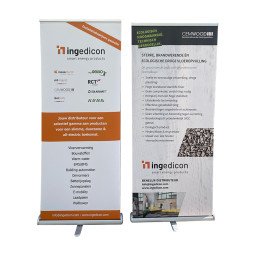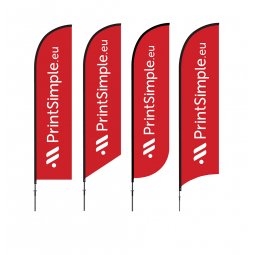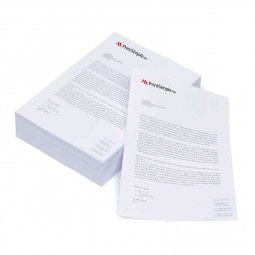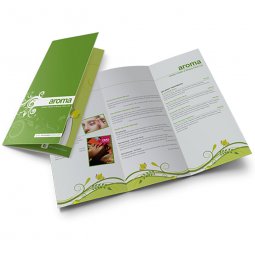What is flex printing?
Flex is a decoration technique that is mainly used for smaller quantities or to personalize textile items (such as team T-shirts) individually. Examples of this are names or jersey numbers.
There are several advantages and disadvantages. An advantage is that the minimum quantity to use flex is only 5 pieces. Another advantage is that there are no setup costs. The disadvantages are that flex is relatively expensive and that only 1 color can be used for the print.
How does flex work exactly?
With flex, a large sheet is used. That sheet is pruned and placed on the T-shirt. All unnecessary parts of the sheet are removed or peeled manually. This explains why flex is rather expensive and why only one color can be used. Due to the manual peeling of the sheet, it's not possible to achieve very detailed prints or small details.
Prints containing small details cannot be achieved using flex. In this case, you must use another decoration technique.
Below we see on the left an image that cannot be achieved with the flex technique, on the right we see a figure where that is possible. The difference is that there is an effect in the left logo which makes it impossible to do the logo with flex imprint.

Figure 1: The image on the left cannot be realized using flex. The image on the right can be printed using flex.
Which flex should I choose?
In our webshop we offer 3 types of flex. They're basically the same, except for the amount of peeling they need. We briefly explain what each type can be used for.
Note: we assume that you use normal fonts in which the letters and numbers have simple forms. Do you have an irregular font or does your font have a lot of ornaments? In this case you should choose flex (logo).
Flex (number)
This is the simplest one: you can only use numbers here. These are ideal for jersey numbers consisting of 2 digits.
Flex (name)
This is a lot like flex (number), but now you can use letters as well. In general, you can place one line of text. An entire paragraph isn't possible. This option is mainly used to add someone's name to, for example, a t-shirt or sweater/hoodie.
Flex (logo)
In this variation your logo may be more complex. Note that you still need to comply with the above comment regarding the level of detail.
If you're not sure whether flex is possible with your logo, feel free to contact us. If you've already placed your order and we see your logo can't be printed using flex, we'll contact you and look for possible solutions with you.



